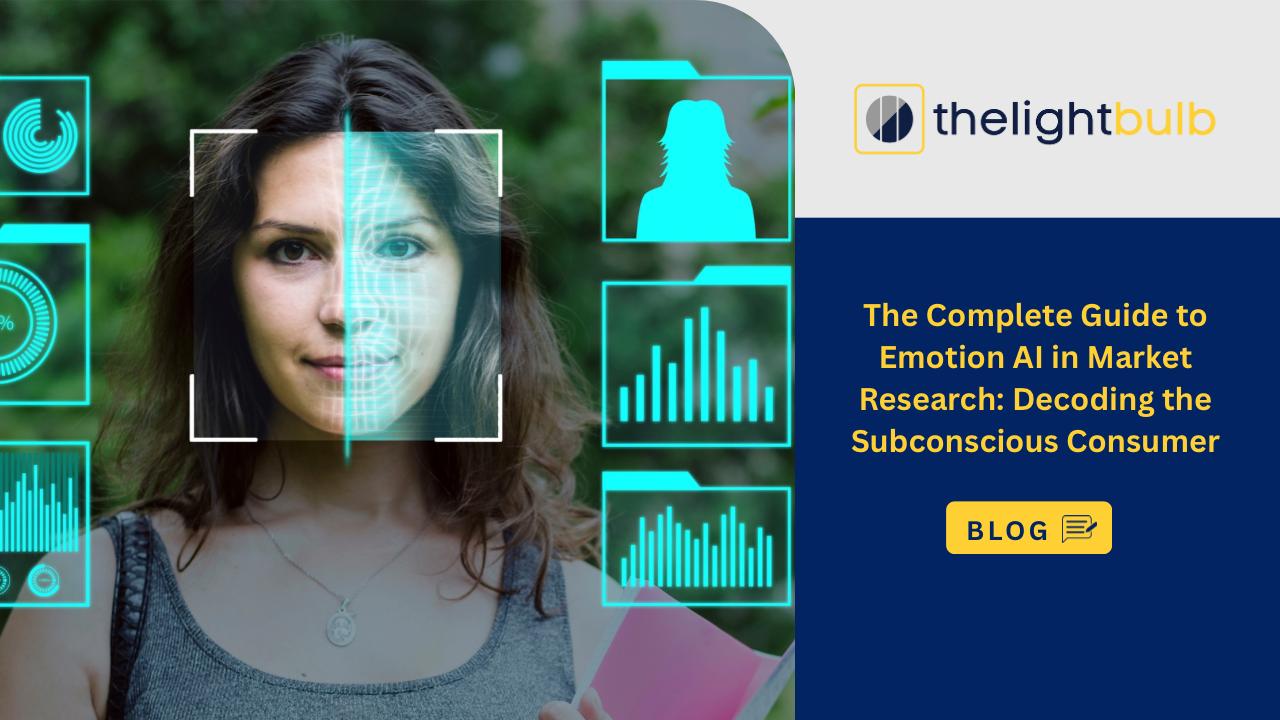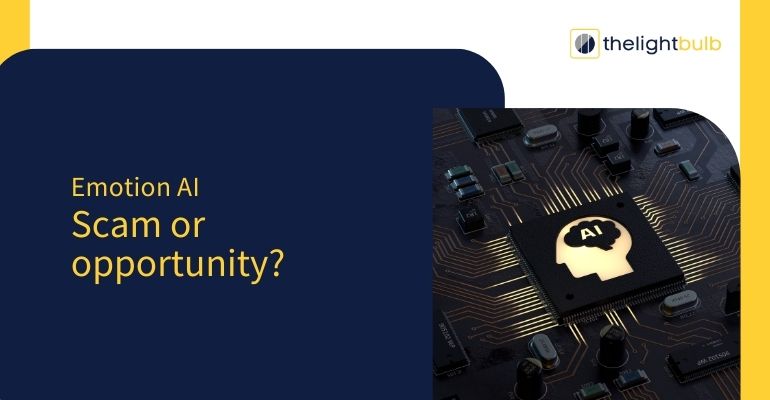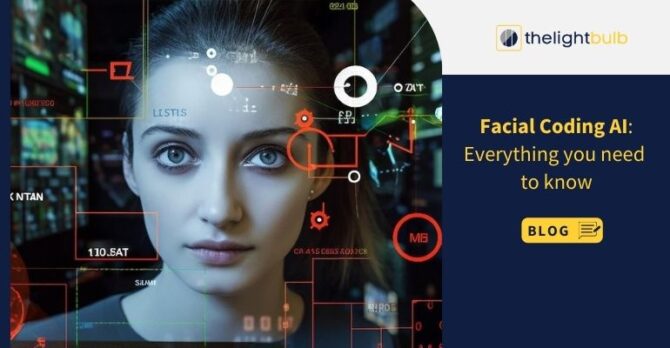
This questions perhaps has lingered in our minds several times; why can we not easily hide our emotions as we do with our physical appearances?
It is because the face is marked and accessible, and one involuntarily reveals ideas and attitudes that he himself may not realize. But we are here wondering what if we could use this to our advantage by decoding the emotional signals with technology?
Enter Facial Coding AI. This technology involves software that includes computer facial recognition to interpret signals and feelings in real time, thus offering a fresh approach to understanding and conveying emotions. It could prove crucial in various fields from market research to mental health, and Facial Coding AI could change how we approach interpersonal interactions in the future, and that is not all that you can find about it.
In this blog, you’ll find all the information concerning Facial Coding AI that you want to learn. So, now is the time to put on your poker face and step into the fascinating Faces of Facial Coding AI. :
- What Is Facial Coding AI?
- How Facial Coding AI Works?
- Why Do You Need Facial Coding?
- Facial Coding Has Practical Applications
- Healthcare
- Sales
- Security
- Market Research
- Top use cases of Facial Coding
- Improves Customer Experience
- Better Than Traditional Research Approach
- Fresh Perspective On Mental Health
- Compliance and ethics with facial coding
- Future of Facial Coding
- About Lightbulb.ai
What Is Facial Coding AI?
Facial Coding AI, also known as facial expression analysis, is a technology that uses artificial intelligence to interpret and analyze human emotions through facial expressions. It achieves this through computer vision and machine learning techniques that recognize and categorize specific facial movements and expressions into different emotions.
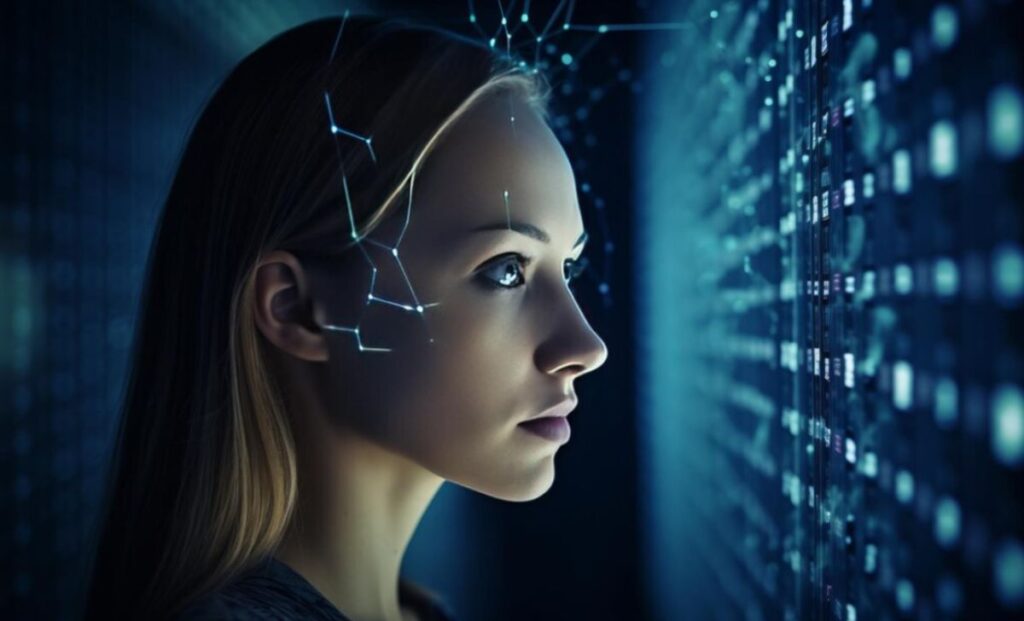
“Facial coding is a method of measuring and analyzing the micro-expressions and subtle movements of the face to understand and interpret human emotions and behavior. By capturing and decoding the unconscious and often fleeting signals that the face sends, we can gain a deeper understanding of what people are truly feeling and thinking, and how they respond to various stimuli in their environment.” – Paul Ekman, psychologist and Pioneer in the field of facial coding and emotions.
Don’t make it complicated!
Think of Facial Coding AI as a digital translator where you can read facial cues and translate them into emotions like happiness, sadness, or surprise. It can do this by detecting small changes in your facial features, like the way your eyebrows move or your lips curve.
How Facial Coding AI Works?
The science behind this is quite simple; it works by capturing facial expressions & movements of facial muscles. The process is based on Paul Ekman’s FACS (Facial Action Coding System), which describes all visually discernible facial movements and breaks down facial expressions into individual components of muscle movement referred to as Action Units (AUs).
According to Amy Cuddy, social psychologist, and expert in body language.
“FACS is a groundbreaking tool for decoding emotions and improving our understanding of human behavior. It has the potential to revolutionize the way we interact with each other and the world around us.”
Using FACS for comprehensive human emotion analysis you can do Facial coding in three steps. :
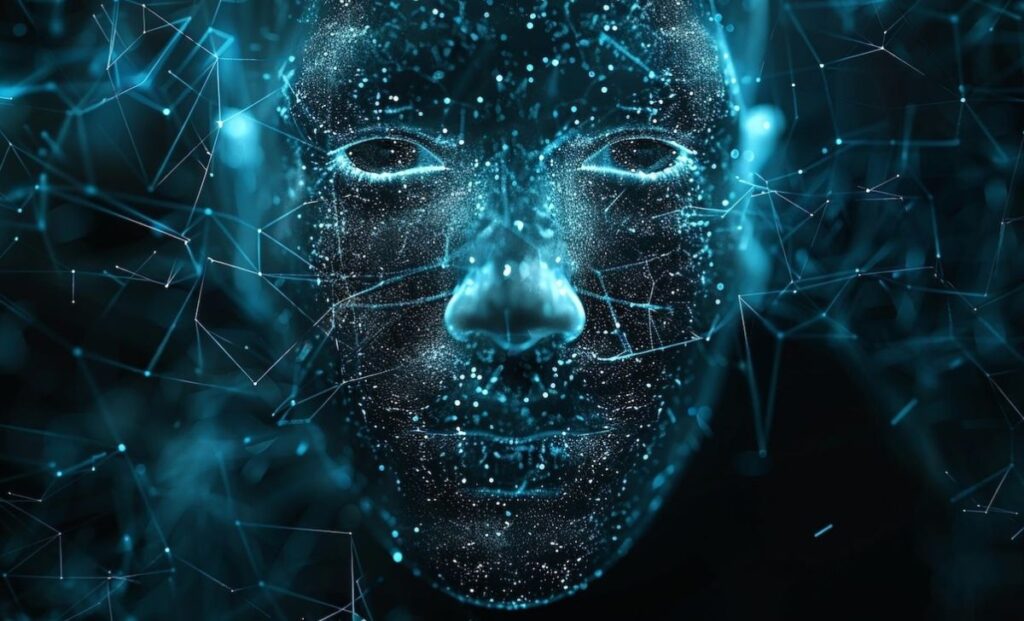
Image acquisition: In this step you can take photos through various sources like webcam, USB camera, or CCTV camera.
Facial Mark Recognition: The next step is to identify facial marks, including eyes, eye corners, cheeks, mouth corners, nose tip Advanced algorithms can recognize these marks and create a simplified, portrait of a face itself accomplished accurately but contains only essential elements coding of references
Coding and search extraction: The last step of the process uses machine learning algorithms to analyze facial symbols. These algorithms translate landmarks into Action Unit codes, which are interpreted mathematically to provide metrics for facial expressions. The integration of the Action Department enables a comprehensive analysis of facial expressions of emotions.
Why Do You Need Facial Coding?
Facial Coding Helps in Data-Driven Decision-Making Process
Facial coding helps researchers, marketers, and anyone looking to gain insights into how people are feeling to make decisions. It provides a quick and easy way to turn a person’s facial expressions into quantifiable data, which you can use to gain a deeper understanding of their emotions.
For example, a retailer might want to know if a new store design will be well-received by shoppers. Now, by showing the designs to shoppers and recording their reactions, the retailer can use Facial Coding AI to quickly determine which designs are likely to be popular and which ones are likely to be met with negative reactions.
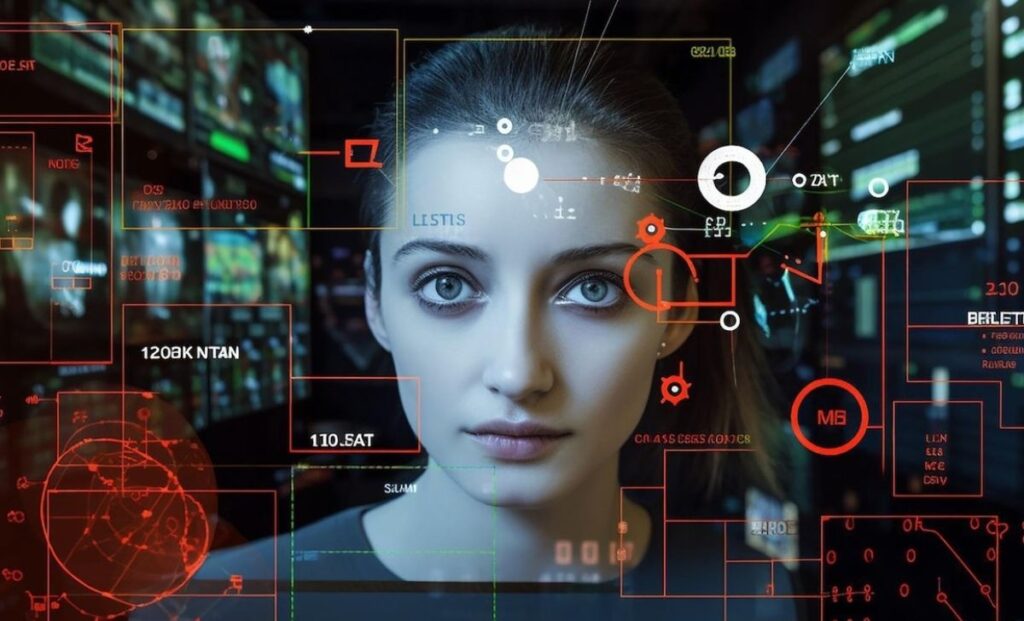
Facial Coding Has Practical Applications
One example is Mars, a confectionery and pet food company, that employs facial coding in market research. They utilize this technology to assess emotional reactions to their ads, such as the “Snickers” and “M&M’s” campaigns and identify the most effective and resonant elements. By examining viewers’ facial expressions, Mars can adjust its advertising strategies to increase engagement. Furthermore, Mars applies facial coding to evaluate product packaging designs and collect data on consumer preferences.
Facial Coding Generates Accurate Insights
According to the Greenbook studies, facial coding can identify all emotions with an accuracy rate of over 90%. This implies that facial coding can offer better insights than traditional research methods like surveys or interviews that rely on self-reporting, which may not fully capture people’s emotions. By precisely detecting and analyzing facial expressions, facial coding can provide a more accurate understanding of people’s emotions and attitudes towards products, services, or messaging objectively.
Top Industries Using Facial Coding
Rana el Kaliouby, Computer Scientist and CEO of Affectiva said in an interview:
“Facial coding is a valuable tool for a wide range of industries and applications, from market research and advertising to psychology and human-computer interaction. By providing a more accurate and nuanced understanding of human emotions and behavior, facial coding allows us to design and create products, services, and experiences that are more attuned to our emotional needs and preferences. This, in turn, leads to more meaningful and impactful connections between people and technology.”
The potential of facial coding is far beyond what has already been explored. Among its numerous real-world industry applications, here are some of the most important ones:
Marketing
Marketing and advertising agencies are tapping into the power of Emotion AI through facial coding to gain a deeper understanding of their audience’s emotional landscape. This opens a window into the emotional profile of their target audience, allowing the agencies to personalize the customer experience and design more impactful marketing campaigns.
Healthcare
Facial coding AI uses computer algorithms to analyze and interpret human emotions and expressions from images or videos of faces. In healthcare, you can use it for mental health assessments, pain management, and clinical trials. However, this technology is still in the early stages and more research is needed to fully understand its applications and limitations.
Sales
Sales involve understanding the needs of potential buyers and guiding them through the buying process. With the shift to online sales due to the pandemic, you can use facial coding AI to identify the aspects of sales presentations that generate positive reactions from prospects and help sales representatives follow up effectively.
Security
You can use Facial Coding AI for security purposes, such as facial recognition for identity verification, access control and surveillance, and emotion detection to monitor individuals in real-time. The technology has potential applications in border control, criminal investigations, and crowd management.
Market Research
Facial Coding provides an objective and accurate way to gauge consumer preferences, mannerisms, and inclinations, and can help companies make informed decisions about product development and marketing strategies. The technology can be used in various stages of the product lifecycle, from concept testing to market launch, and can provide valuable insights into consumer behavior and preferences.

Top use cases of Facial Coding
Here are some of the top use cases of facial coding:
Improves Customer Experience
Imagine a scenario where a business employs facial coding to monitor customer emotions. If the results indicate joy or excitement, the company can leverage this insight to craft a marketing message highlighting the product’s features. Conversely, if the analysis reveals confusion or disappointment, the business can adjust its marketing approach to enhance the customer’s experience.
Better Than Traditional Research Approach
Traditionally, research was conducted through surveys and questionnaires, which often results in biased outcomes due to changing perceptions and the potential for manipulation. However, emotions are not susceptible to manipulation, and through the use of facial coding, we can obtain accurate and impartial research results.
Must Read: Top Use Cases Of Emotion AI
Fresh Perspective On Mental Health
Conventional mental health treatment often consists of individual therapy sessions with a psychologist. However, psychologists may struggle to fully grasp a patient’s mental state. With the aid of facial coding AI, continuous emotional monitoring is possible, particularly in chatbot therapy, making it especially beneficial for those who may feel uncomfortable in traditional therapy environments.
You can learn more about Emotion AI-powered Chatbot from our detailed extract here.
Compliance and ethics with facial coding
Compliance and ethics play a crucial role in facial coding, which involves gathering and evaluating individuals’ facial expressions to determine their emotions and attitudes.
“Facial coding studies must be conducted in a way that ensures the safety and well-being of research participants, and that respects their privacy and dignity.” – World Association for Public Opinion Research (WAPOR)
From a compliance standpoint, it is vital to ensure that the collected data through facial coding is obtained lawfully and ethically, with participants providing informed consent. This may include obtaining consent, safeguarding the data from unauthorized access through secure storage, and adhering to privacy regulations such as the GDPR in the EU.
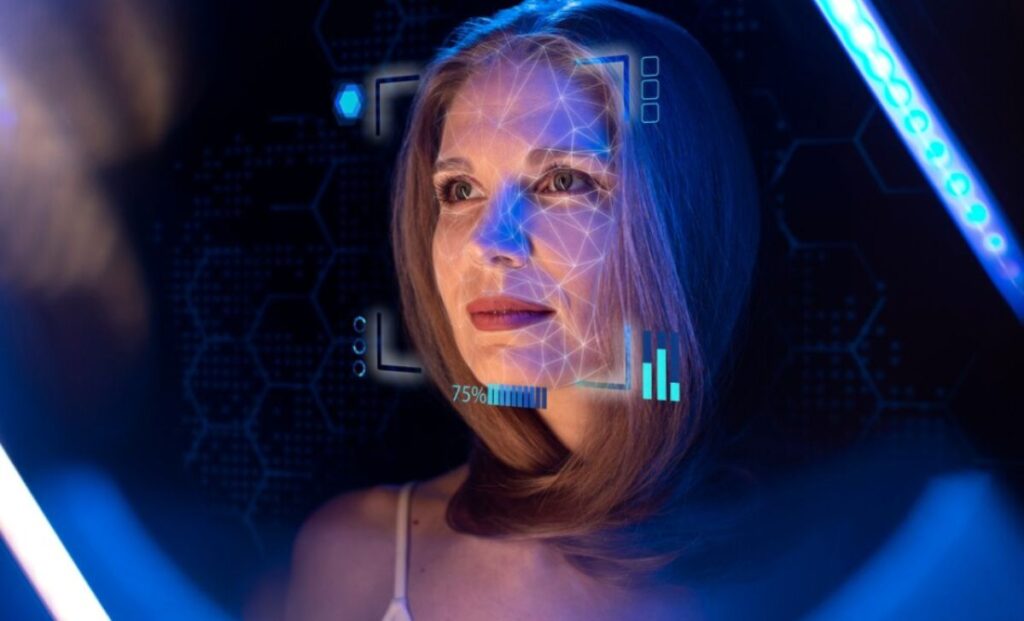
From an ethical standpoint, it’s essential to consider the potential impact of using facial coding and to ensure its responsible and non-discriminatory use. For instance, you should not make significant decisions affecting individuals, such as employment or promotion, without additional validation and transparency about its usage and utilize the technology in a way that may perpetuate bias or reinforce stereotypes.
Future of Facial Coding
According to Forbes, “Facial coding technology is advancing rapidly and will play an increasingly important role in the fields of market research, psychology, and human-computer interaction in the future.”
The future of facial coding AI looks promising as it projects to grow at a compound annual growth rate (CAGR) of around 20% between 2022 and 2027, driven by the increasing demand for more accurate and sophisticated methods of measuring and understanding human emotions and behavior.
This growth is further bolstered by the increasing interest in using facial coding technology in fields such as artificial intelligence, virtual reality, and human-computer interaction, with researchers and developers working on creating new and innovative applications that will enable us to better understand and interact with our digital devices and environments. However, there are also concerns around privacy and ethics to be addressed as the technology continues to develop. Despite these concerns, the future of facial coding appears promising and probably grow.
About Lightbulb.ai
thelightbulb.ai is an Emotion AI platform that offers dedicated tools for monitoring remote consumer interactions and providing emotional insights. Its advanced AI techniques include facial tracking, eye tracking, audio tonality, and speech transcription to produce smart emotional insights that can help businesses improve their customer experience. The platform is browser-based, making it easy to integrate with any system through built-in APIs and SDKs, without the need for any additional tools.
Visit www.thelightbulb.ai to learn more about how Lightbulb.ai can help with market research, or schedule a call with our experts to discuss your user experience needs. We’re happy to answer any questions you may have.
